Early season fly fishing tactics for those elusive Scottish springers!
Early Season Fly Fishing Tactics
The early season springer is undoubtedly the most sought-after fish among salmon anglers. These magnificent fish are extremely powerful and can often be large in size. Sadly, nowadays, fish that enter our river systems in January, February, and March are not as plentiful as they once were. It is well worth the effort if you are lucky enough to catch one of these fish. So, what tactics will likely give you the best chance of catching a springer on the fly?
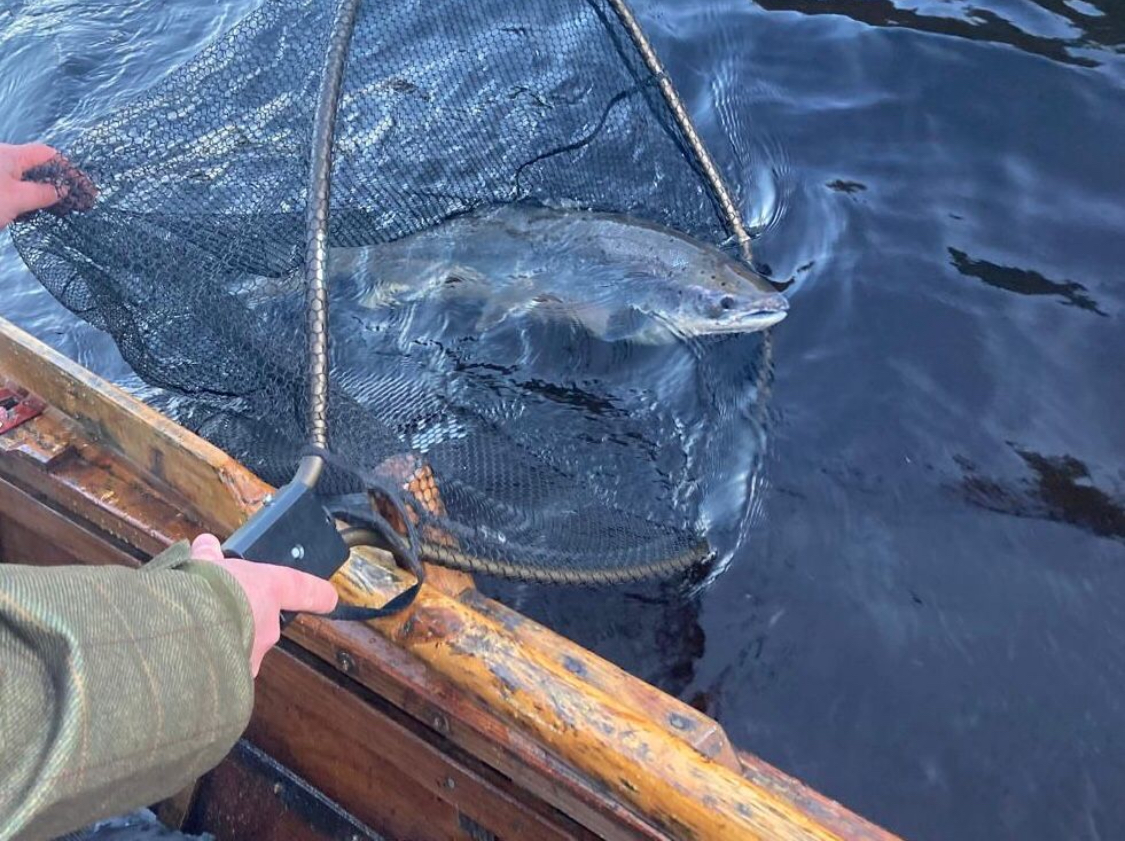
Where does an early springer lie in a pool?
Firstly, we need to consider where a springer will likely lie in a pool. If the water is high and cold which it generally is during the early part of the season, you need to look at the pool and try and visualise where a salmon may stop to have a rest. Usually, it will not be in the main current high up in a run. Often, a springer may rest in deep water just off the main current or close to the bank. Generally, springers lie in quieter water as they exert less effort than in the main flow.
It is, therefore, important to look for deep areas of the pool that have a nice even flow or even large boulders that create boils on the water's surface and offer a springer some respite from the strong current. When the water is very high, the slowest part of the pool is often close to the margins, so a long cast is unnecessary. So, if the pool is deep, fish could be lying no more than a rods length out from the bank. As a general rule, by covering the quieter and deeper parts of a pool, you stand a better chance of hooking a fresh springer.
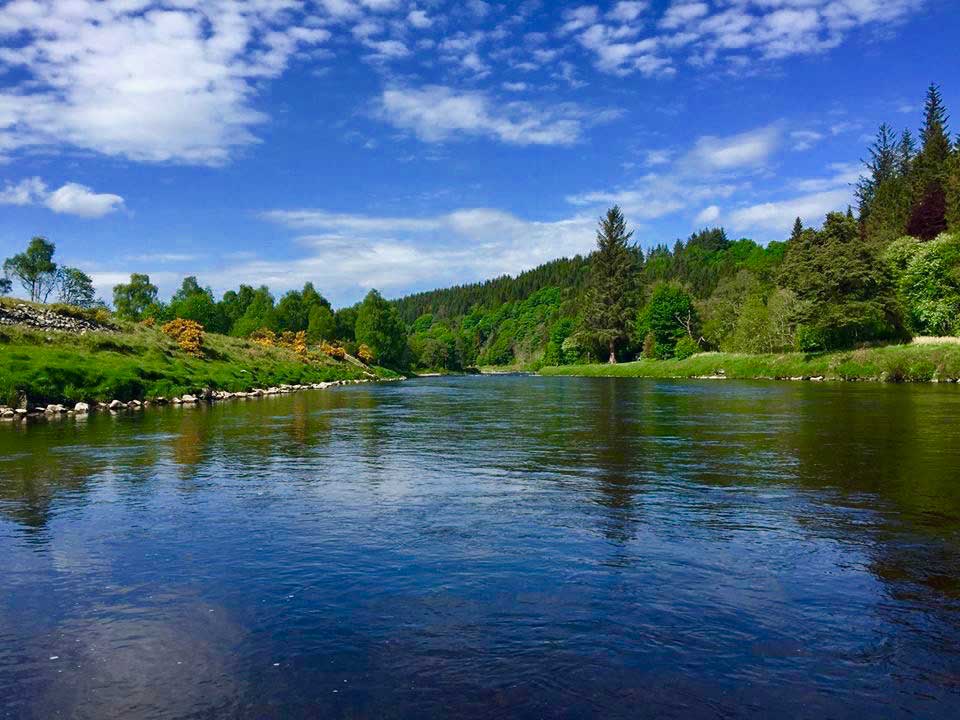
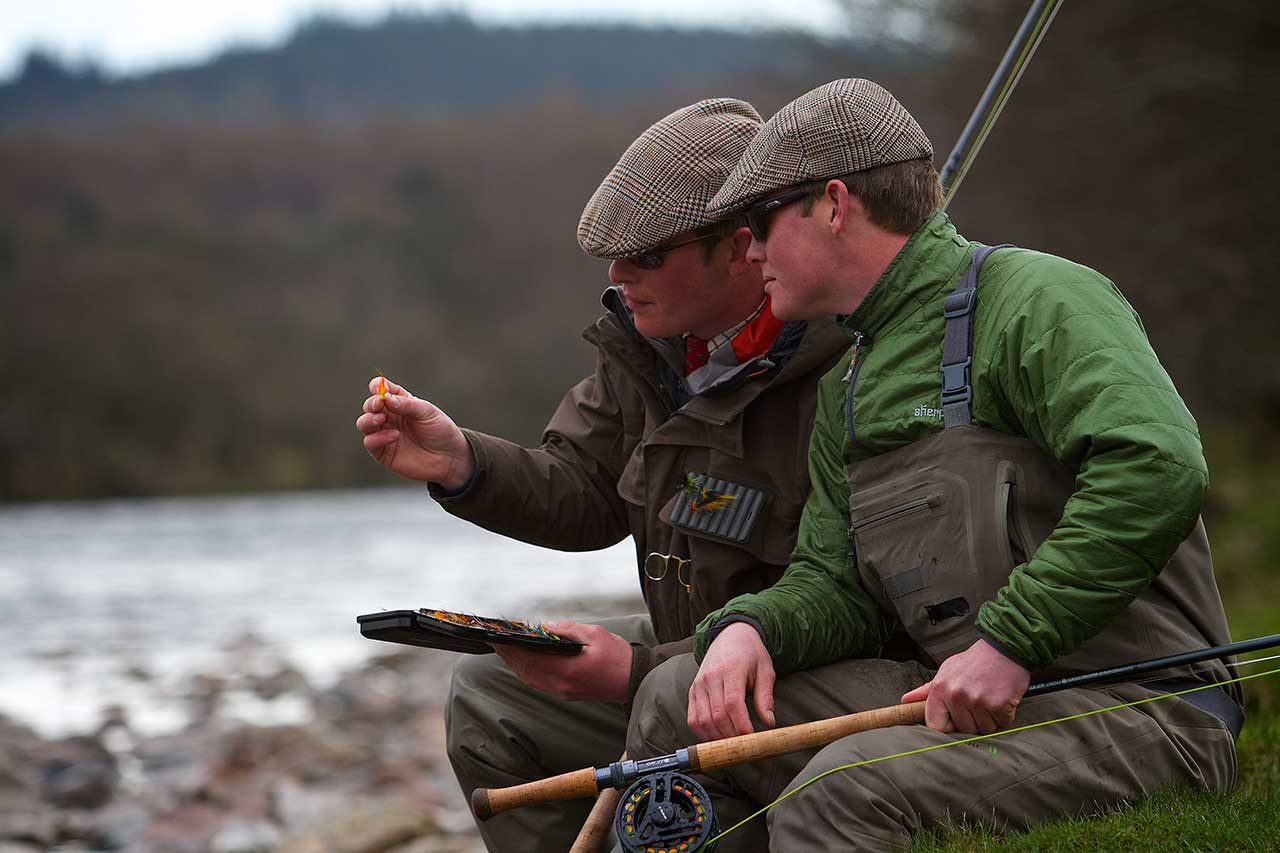
Fly Depth & Speed
Another important factor to consider when chasing spring salmon during the early season is the depth and speed at which the fly moves through the water. These two parameters go hand in hand. As mentioned, during the early part of the season, river levels are usually high and water temperatures low. In such conditions, the depth at which your fly moves through the water can be critical. In low water temperatures, fresh fish will often lie close to the riverbed, so it is important that your fly gets well down in the water column. Early in the season, salmon are generally not keen on coming up for a fly moving close to the water's surface.
Achieving the correct depth can be done in two ways. Firstly, you can use an intermediate or sinking line or a fast sinking polyleader. This will ensure that the fly gets well down. In addition to this, a weighted tube fly can be used. Using a weighted tube fly not only makes the fly sink but also moves more slowly as it swings around in the current. The speed at which your fly moves can be critical during the early part of the season. Spring salmon prefer to avoid chasing a fast-moving target long distances in high cold water. By using a weighted tube fly, you not only get the fly well down but also slow down the speed of the fly as it swings around in the current. Of course, if the water is very high, you may need to use a sinking line coupled with a weighted fly to get that extra depth. So, fishing the fly as deeply and slowly as possible when salmon fishing during the early part of the season can often give the best results.
Fly Selection
Finally, we come to the age-old question of fly selection. Fresh spring salmon (fish that have not been in the river for more than 48 hours) are usually quite aggressive, so they are good takers of a fly. If a fresh salmon sees the fly, it will often attempt to take it. It is true that a fresh springer is an easy fish to catch but challenging to find. Therefore, you need to use a fly that is of a decent size and will show up well in the water column. It will be easier for the fish to see a highly visible fly.
In most cases, a tube fly is perfect for the job. The length and weight of the tube you use will depend on how high the water is and the water temperature itself. As a general rule, in higher, colder water, a bigger and heavier fly is used.
In terms of fly patterns, there is no need to be subtle in your choice. It is important to avoid getting too preoccupied with the pattern itself, as the depth and speed at which your fly moves through the water column is more important. Flies that work well during the early spring months are many old favourites like the Willie Gunn, Cascade, Posh Tosh and Park Shrimp. Also, some of the weighted monkey styles of fly often produce the goods. These flies all have one thing in common: they are highly visible.
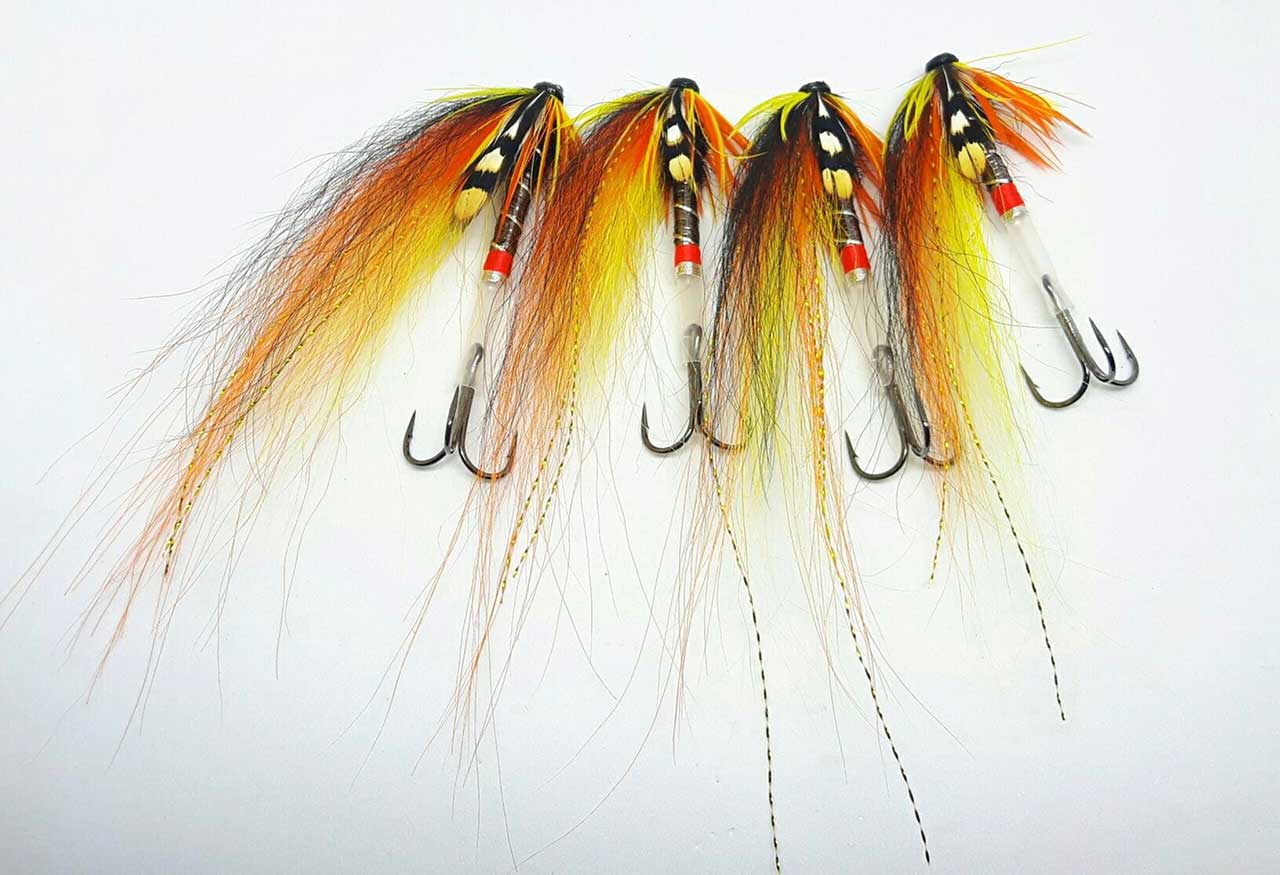
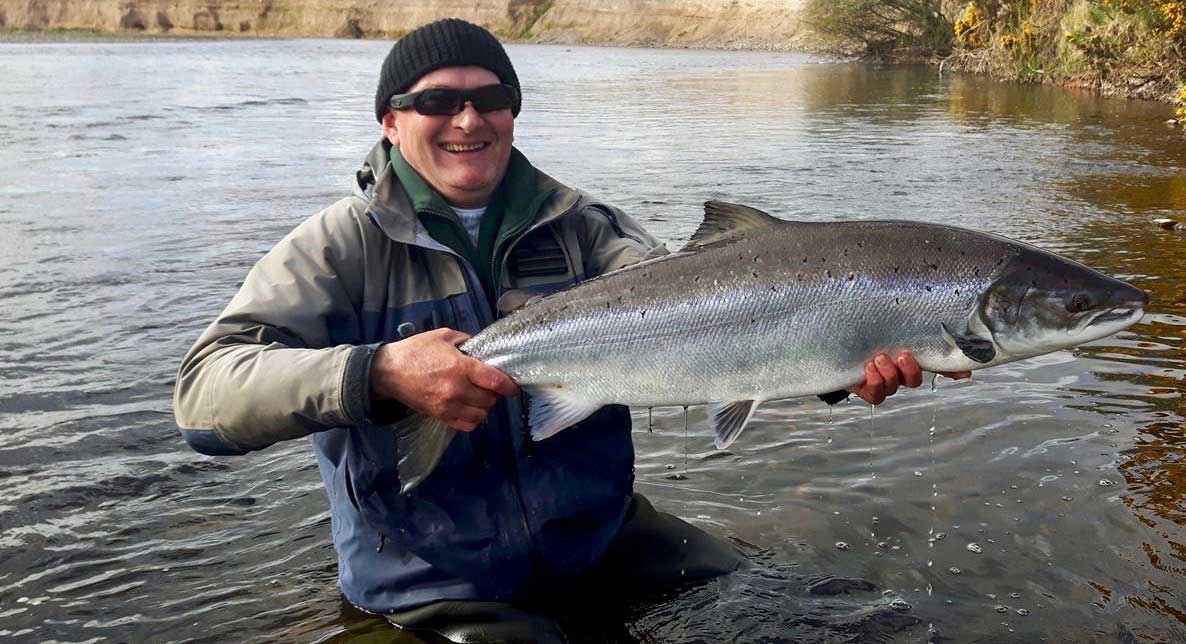
Covering Ground
As we have already said, springers can be hard to find as they are quite rare, especially during the early part of the season. Therefore, as an angler, covering as much ground as possible is essential. If you are not seeing any fish (which is common in early spring) and you have fished down a pool a couple of times, there is often no point in flogging a dead horse. Moving to another pool and covering fresh water is better. That way, you cover more ground and have a better chance of locating fresh fish. Of course, returning to a pool after a few hours can be worthwhile as a fresh fish may have run upstream.
There is no great secret about catching early season springers on the fly. If you choose to concentrate your time on the quieter, deeper parts of the pool, that certainly helps. If you then couple this with using a highly visible fly of decent size and weight and covering plenty of water throughout the day, you stand as good a chance as any to get your season off to a bang!
